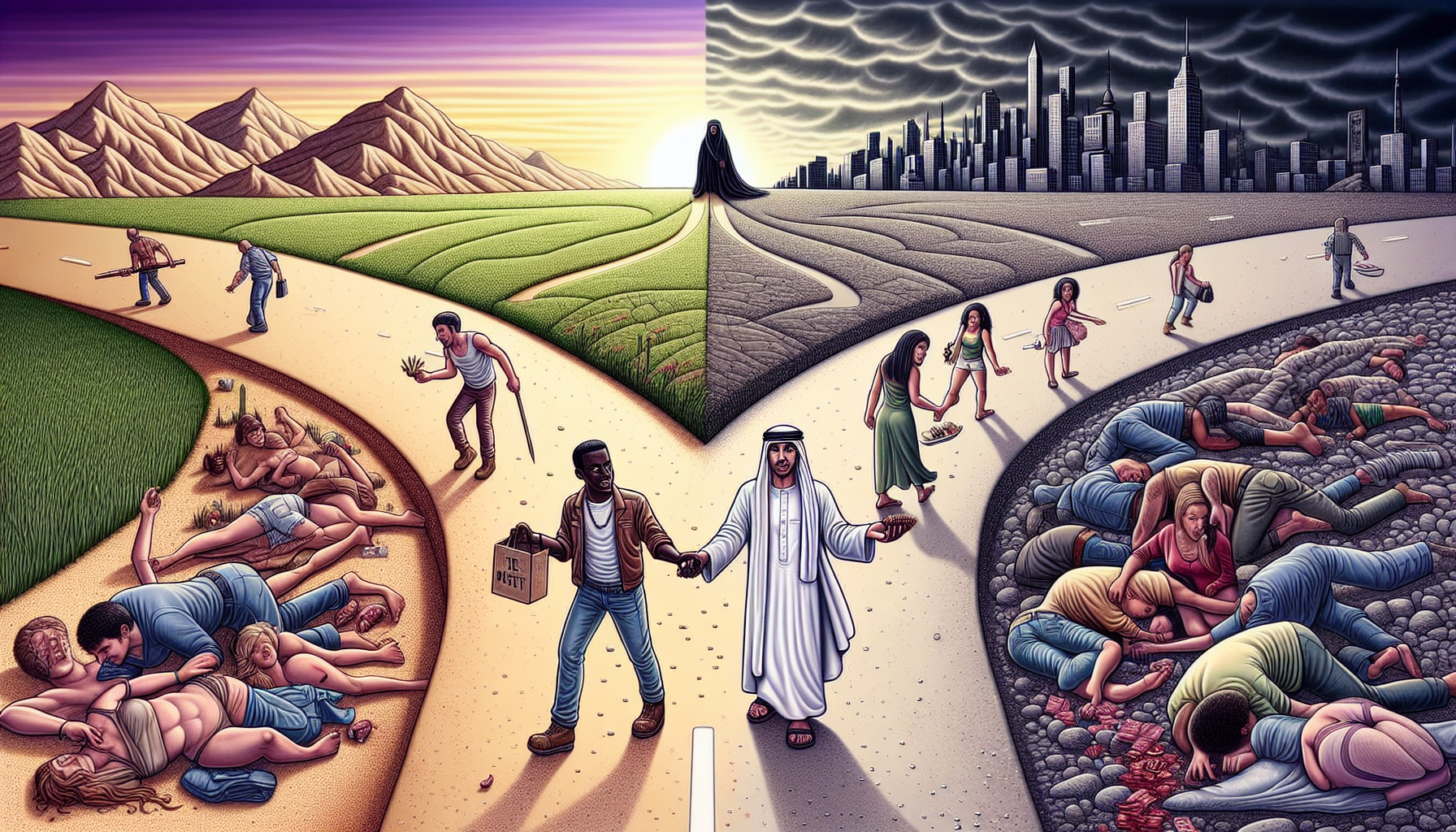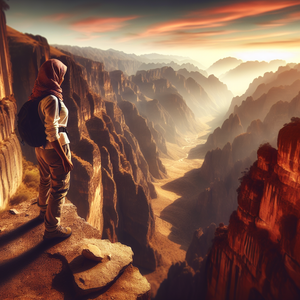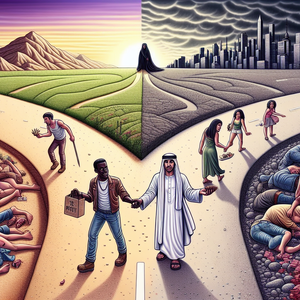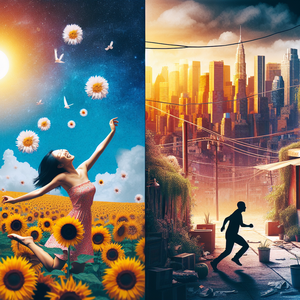Bridgerton Fashion: How the Series is Redefining Regency Style for Today

To appreciate the fashion in "Bridgerton," it is essential to understand the historical context of Regency-era clothing. The Regency period (1811-1820) was marked by a departure from the elaborate styles of the 18th century, favoring simpler lines and a focus on the natural form. Women wore high-waisted gowns made from lightweight fabrics that accentuated their figures, while men donned tailored coats, waistcoats, and breeches. This era emphasized elegance and understated glamour, which "Bridgerton" captures beautifully. However, the show does not limit itself to strict historical accuracy. Instead, it takes creative liberties that allow for a fresh interpretation of Regency fashion that resonates with modern viewers. The intentional use of bold colors, innovative silhouettes, and diverse styling choices makes the costumes feel both familiar and refreshingly new.
Modern Interpretations and Aesthetic Blending
The costume design team, led by the talented Ellen Mirojnick, expertly blends historical elements with contemporary styles. For instance, the use of vibrant colors and bold patterns in the costumes breathes new life into traditional Regency silhouettes. Characters like Daphne Bridgerton and the enigmatic Lady Danbury showcase gowns that incorporate modern fabrics and cuts, making them relatable to today's audience while paying homage to the past. One striking example is Daphne's iconic ballgown, which features a classic empire waist paired with a daringly low neckline and intricate lace details. Such a design not only captures the essence of Regency fashion but also aligns with current trends that celebrate femininity and empowerment. The use of striking colors, such as the vibrant blues and pinks, contrasts with the more subdued palettes typically associated with the period, creating a visually stunning aesthetic that captivates viewers. In addition to color and silhouette, the show introduces modern accessories that enhance the overall look. From statement jewelry to contemporary hairstyles, these elements make the characters relatable and aspirational, reflecting current fashion sensibilities while remaining rooted in historical context.
Interviews with Costume Designers and Fashion Experts
To delve deeper into the influence of "Bridgerton's" fashion, we spoke with Ellen Mirojnick, the show's costume designer. She emphasized the importance of making the costumes feel relevant and accessible to a contemporary audience. "We wanted to create a world where viewers could see themselves in these characters," Mirojnick explained. "The costumes are designed to evoke the past while making a statement in the present." Fashion experts have also weighed in on the show's impact. Dr. Karen Hearn, a fashion historian, notes, "The blending of modern aesthetics with Regency designs allows for a reinterpretation of historical fashion that makes it appealing to younger generations. The styles seen in 'Bridgerton' are already influencing retail trends, with many brands releasing collections inspired by the show's costumes." This duality of past and present not only elevates the narrative but also makes historical fashion more accessible to those who may not typically engage with it. The result is a cultural phenomenon that transcends mere entertainment.
Cultural Impact and Trends
The influence of "Bridgerton" extends beyond the screen, impacting fashion trends across the globe. Social media platforms, particularly Instagram and TikTok, are buzzing with fans recreating the show's iconic looks. Hashtags like #BridgertonFashion have generated thousands of posts, showcasing everything from DIY costumes to high-end designer interpretations. This phenomenon highlights a renewed interest in historical fashion and a desire for self-expression through clothing. Furthermore, the show's success has prompted fashion houses to revisit Regency-inspired designs. Major brands are incorporating elements such as puffed sleeves, corseting, and elaborate embroidery into their collections, making Regency fashion relevant for today’s consumers. This revival speaks to a broader trend of nostalgia in fashion, where past styles are reimagined to fit contemporary tastes. The cultural impact of "Bridgerton" also extends to discussions about body positivity and diversity in fashion. The series features a range of body types and skin tones, challenging traditional beauty standards and encouraging inclusivity in fashion narratives.
"Bridgerton" has not only redefined Regency fashion but has also sparked a cultural conversation about the importance of style in storytelling. By blending historical accuracy with modern aesthetics, the series creates a captivating visual narrative that resonates with audiences today. As viewers continue to draw inspiration from the show's costumes, it is clear that "Bridgerton" has left an indelible mark on the fashion landscape, encouraging a new generation to embrace the elegance and charm of Regency style. Whether it’s a lavish ball gown or a tailored coat, the influence of "Bridgerton" is sure to linger in the fashion world for years to come. In a world where fashion continuously evolves, "Bridgerton" reminds us that style is not just about clothing; it is about expressing identity, heritage, and the timeless allure of the past.
Costume Designer for Television Series
Netflix, HBO, BBC
Core Responsibilities
Develop and create costume designs that align with the narrative and historical context of the series.
Collaborate with directors and producers to ensure visual consistency and character development through wardrobe choices.
Source fabrics, materials, and accessories while managing budgets and timelines for costume production.
Required Skills
Strong understanding of historical fashion trends and the ability to reinterpret them for modern audiences.
Proficiency in sketching, pattern-making, and sewing techniques.
Experience with costume fittings and alterations for various body types.
Fashion Historian
Museums, universities, fashion publications, production companies
Core Responsibilities
Research and analyze historical clothing trends and their social implications across different eras.
Contribute to publications, exhibitions, and educational programs highlighting the evolution of fashion.
Consult for film and television productions to ensure accurate representation of historical garments.
Required Skills
Advanced knowledge of fashion history, including styles, fabrics, and cultural significance.
Excellent writing and communication skills for presenting research findings.
Ability to work collaboratively with designers and filmmakers to provide insights on period-specific costumes.
Fashion Marketing Specialist
Fashion brands, boutique retailers, e-commerce platforms
Core Responsibilities
Develop and implement marketing strategies that promote clothing lines inspired by historical fashion, such as Regency styles.
Analyze market trends and consumer preferences to create targeted campaigns across social media platforms.
Organize events and collaborations that emphasize the connection between modern fashion and historical influences.
Required Skills
Strong understanding of digital marketing, including social media campaigns and influencer partnerships.
Ability to analyze data and translate insights into effective marketing strategies.
Creative thinking to develop engaging content that resonates with target audiences.
Fashion Stylist
Fashion magazines, production companies, personal styling services
Core Responsibilities
Curate outfits and accessories for editorial shoots, fashion shows, and red carpet events, often incorporating historical elements.
Collaborate with photographers, models, and directors to achieve a cohesive visual narrative in styling.
Stay updated on current trends and historical fashion influences to create unique looks.
Required Skills
Strong eye for color, texture, and silhouette, with a deep understanding of how to blend modern and historical styles.
Excellent networking skills to build relationships with designers, brands, and influencers.
Ability to work under pressure and manage multiple projects simultaneously.
Textile Designer
Textile manufacturing companies, fashion brands, costume design studios
Core Responsibilities
Create unique fabric patterns and textures that reflect historical influences for use in costumes and fashion collections.
Collaborate with costume designers and fashion houses to develop textiles that align with specific design visions.
Conduct research on historical fabrics and techniques to inform modern designs.
Required Skills
Proficiency in textile design software and traditional fabric manipulation techniques.
Strong understanding of color theory and textile properties.
Ability to translate conceptual ideas into tangible fabric designs.


